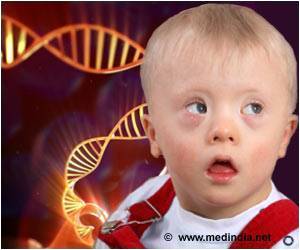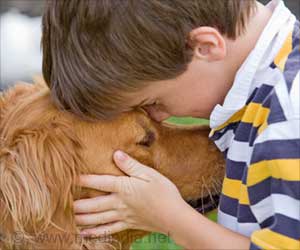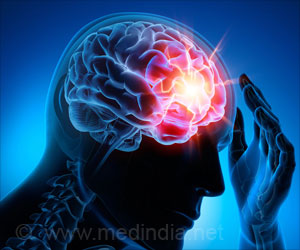Researchers have found all the signs of autism in a strain of noisy laboratory mice that are used to diagnose human beings, a finding that may help them study the complicated genetics of the disorder.
A strain of noisy laboratory mice have demonstrated all the signs and symptoms that are used to diagnose autism in human beings, a finding that may help them study the complicated genetics of the disorder.
For the study, Maria Luisa Scattoni of the National Institute of Mental Health in Bethesda, Maryland, and colleagues, separated baby mice of different laboratory strains from their mothers.They found that the pups, which had not yet opened their eyes, made noises aimed to bring their mother back.
These ultrasonic sounds, too low for the human ear to detect, come in 10 different types, from clicking to pure tones.
In the study, most mice used all 10 categories but the vocabulary of one strain, called BTBR, was limited to four calls, focusing on 'harmonics' that contain multiple, simultaneous sounds, like guitar strings plucked together.
BTBR mice also called louder and for longer periods of time.
"This is similar to what others have found in autistic infants," New Scientist quoted Scattoni, as saying.
Previous studies from the same group have shown that these mice also show the two other symptoms normally used to diagnose human autism, repetitive behaviour and restricted social interaction.
Most mice used to study autism are transgenic, their DNA contains an extra human gene thought to be involved in the disease.
However, Mady Hornig of Columbia University in New York, said that BTBR mice have been used in laboratories for years, and may provide a more naturalistic tool to study the interaction of the 10 to 15 genes thought to be involved in autism.
"We can begin to understand how the genetic mechanisms may all be working together," she said.
Source-ANI
RAS/L
 MEDINDIA
MEDINDIA



 Email
Email





